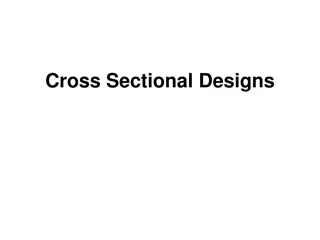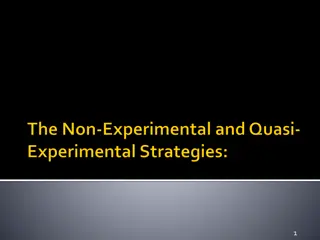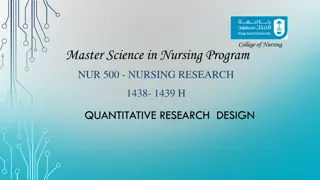Designs for Community Learning
Explore democratic communities and virtual learning environments, understanding the foundations of democracy, fostering student engagement, and the role of teachers in promoting democratic values. Dive into the significance of virtual communities and the importance of collaboration and communication in online spaces.
Download Presentation

Please find below an Image/Link to download the presentation.
The content on the website is provided AS IS for your information and personal use only. It may not be sold, licensed, or shared on other websites without obtaining consent from the author.If you encounter any issues during the download, it is possible that the publisher has removed the file from their server.
You are allowed to download the files provided on this website for personal or commercial use, subject to the condition that they are used lawfully. All files are the property of their respective owners.
The content on the website is provided AS IS for your information and personal use only. It may not be sold, licensed, or shared on other websites without obtaining consent from the author.
E N D
Presentation Transcript
Ch. 8 Designs for Community Amanda Castillo EDTC 6341.60
Overview Learning in Democratic Communities Learning in Virtual Communities
Learning in Democratic Communities What is Democracy? Belief that democracy is the right of the adults, not young people Others believe, a democratic way of life is built upon opportunities to learn about what it is and how to lead it (Apple & Beane, 1995)
Democratic communities We live in a democratic society We should motivate our students to: Become members of the public To participate To play articulate roles in the public space
Foundations 1. Open flow of ideas, regardless of popularity 2. Faith in each other to create solutions to issues 3. Concern for common good 4. Concern for dignity and rights of people 5. Understand democracy is not an ideal set of values that guide our lives 6. Organization of institutions to promote a democratic way of life
Democratic communities in school? Several factors allow for a range of ideas in schools, such as: Age Culture Gender Ethnicity Socioeconomic class Aspirations Abilities
How can a teacher help? Spark interest Debate Help learners seek a range of ideas and voice their own Leads to appreciation of others ideas
Elaine Wilkerson 3rdgrade teacher Democracy in the classroom Citizenship certificates Elect class officers Weekly jobs to students
Learning in Virtual Communities People in virtual communities use words and images on screens to exchange pleasantries and argue, exchange knowledge, brainstorm, gossip, find friends, create art, -Norton/Wilburg, 2003
Why so important? Internet Research Collaboration Communication Electronic tools Environment
Key Pals Similar to pen pals Dorothy Johnson- 4thgrade Hispanic class Harold Johnson-5thgrade African-American class Exchanged e-mails
Virtual Classrooms Allow for: Electronic Appearances Telementoring Electronic Publishing Peer feedback activities Social Action Projects
Works Cited Norton, P & Wilburg, K. Teaching with Opportunities to Learn. 2ndEd. 2003. Pgs 206-215. Technology: Designing























